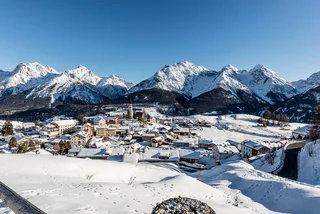If you´ve arrived by train or bus it´s relatively short walk or tram journey along Masarykova to the edge of the historic center, which is shaped like a boomerang and hemmed in by the Mlynský stream and parks following the lines of the old town walls. Start your exploration at Třída svobody, which follows the line of the red-brick fortifications, sections of which can still be seen, including the Theresian gate (Terezská brána). From there Pavelčákova Street leads to Upper Square (Horní Náměstí), at the heart of the historic center. The impressively spacious space is dominated by the spiky white mass of the Town Hall (Radnice), whose tower incorporates an astronomical clock (Orloj). The clock replaces the original created by Master Hanuš, who was responsible for its Prague counterpart. But before images of nodding skeletons, cockerels and spinning saints enter your mind, it should be remembered that the Communists were responsible for the substitution, so of course that meant social inclusion was the theme rather than life and death – a variety of happy but unhealthily pale band of comrades from various of walks of life whiz around obediently on the hour, every hour to an ever brighter future. Despite the Communist take on the clock, including a historically questionable mosaic of a worker brandishing a spanner, it does have a certain appeal, taken on its own – undoubtedly kitsch – terms.Communist historical makeovers are thankfully absent elsewhere on Upper Square, and the Trinity Column (Sloup sv. Trojice) is the real thing. The magnificent structure, the largest in the country, is a complex pyramid of classical allusion resembling a very overgrown wedding cake. In keeping with the superlative theme, the square has not just one but three fountains. The 18th-century Caesar Fountain (Caesarova kašna) depicts Julius Caesar, and the 17th-century Hercules Fountain (Herkulova kašna) shows the mythological figure character in action. The third, created in 2002, is known as Arion´s Fountain (Arionova kašna), a reference to an ancient Greek poet.


